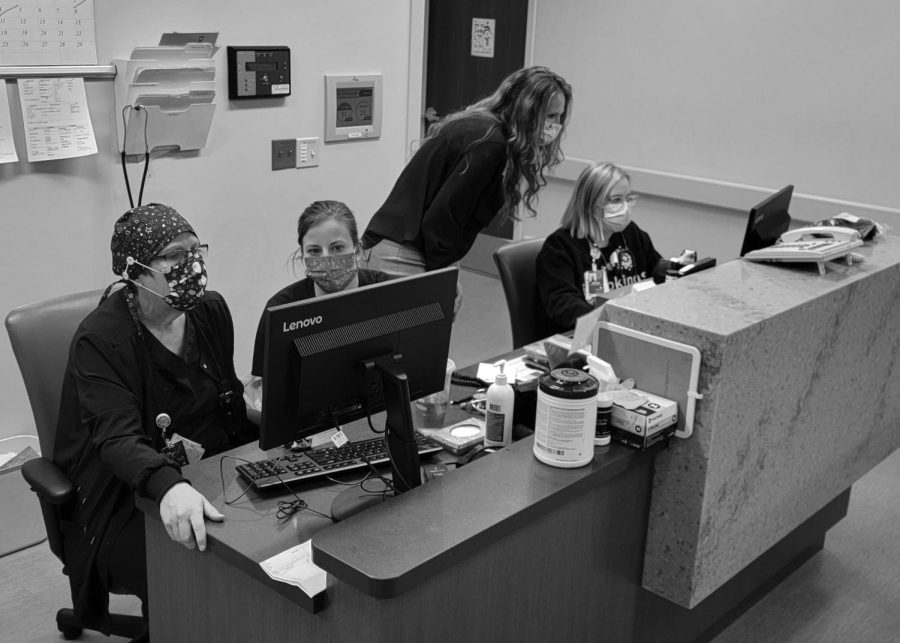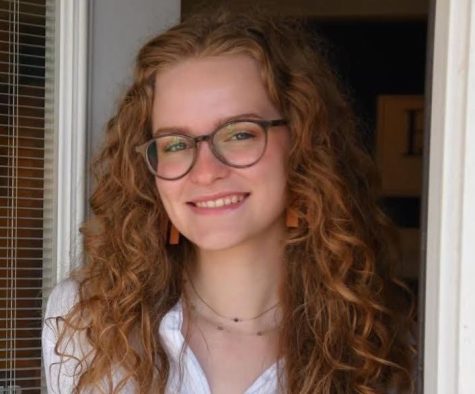SDSU COVID-19 update: business as usual
January 11, 2022
As COVID-19 cases surge across the country, South Dakota State University students return to campus. With a rise in the omicron variant, students may be wondering how this semester will look.
According to Provost and Vice President of Academic Affairs Dennis Hedge, the Spring 2022 semester should run similar to the fall semester.
“I don’t anticipate students noticing a lot of change from exactly where we’ve been,” he said. “ … We do recognize that the transmissibility of omicron may create a situation where we have a few more disruptions, especially over the next 30 to 45 days. Certainly, nothing we believe will be overly disruptive.”
To help minimize spread, the university will be hosting another vaccination clinic from noon to 4 p.m. Jan. 19 in the Volstorff Ballroom for both booster and initial COVID-19 vaccines.
So far, the Student Health Clinic has administered 421 booster shots to students and 1,252 initial vaccines, according to SDSU Public Health Specialist Laura Dirks.
“We’re really fortunate to have greater access. There are lots of different modes that you can get tested in Brookings and in South Dakota,” Dirks said. “Part of that, on campus, is our longstanding partnership through the Department of Health with vault testing.”
The university also attempts to prevent spread and speed up the testing process by placing rapid tests in Residential Halls. The Quidell QuickVue at-home tests were first introduced on campus Oct. 29. Now students, both on and off campus, can pick up a rapid test at residential hall front desks, Jackrabbit Pharmacy and the Wellness Center front desk.
“Our thought was that if someone was feeling sick on a Friday and couldn’t get tested until Monday, this could be a chance for them to test and move into quarantine and isolation housing early,” Dirks said.
Dirks and Hedge said the high transmissibility of omicron is a concern for the university and will be closely monitored. Dirks also said that while omicron is highly contagious, the symptoms are not as severe.
“One of the challenges is to rethink what COVID-19 feels like and to identify the fact that even this really mild illness could be COVID-19 and we could be spreading it,” Dirks said.
As of Jan. 4, the CDC updated their quarantine and isolation period for the general public. Now, individuals who test positive for COVID-19 are to isolate themselves for five days. If no symptoms are shown after five days, individuals may leave their house but are expected to wear a mask and monitor their symptoms for five additional days. This is due to omicron’s shorter incubation period of 2-4 days.
While some are concerned with this shortened period, Dirks said it may encourage those who cannot or will not commit to the previous 10 day period to fully quarantine now.
“I think the intention was to shorten it so that we get more compliance because they were seeing that people just weren’t quarantining or isolating for 10 days,” she said. “They [CDC] clearly indicate that they’re trying to balance public appetite for public health measures and some new science.”
According to the Associated Press, 70 colleges across 26 states started the first few weeks of the spring semester online to hopefully let the expected mid-January surge pass.
SDSU and other Board of Regents schools opted to remain on campus and in-person. Hedge said that after the COVID-19 Response Team assessed the current situation and local hospitalization rates, the university was confident in proceeding with in-person classes.
In a Jan. 10 press release, Brookings Health System Chief of Nursing Officer Tammy said: “Our region should brace for this month. We’re not just dealing with yet another peak of COVID-19, but a rise of influenza, too, which started early this year. Our emergency department is seeing increases in cases of both viruses and we’ve been admitting patients to the hospital, too.”





















